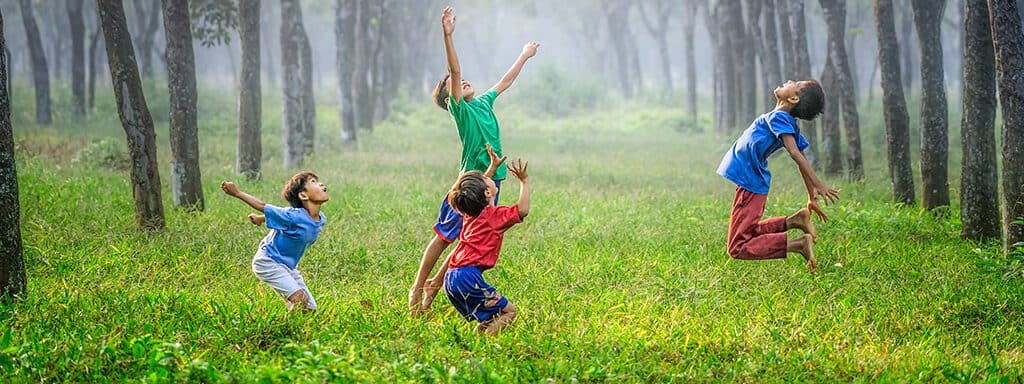Many times you have read on our blog and throughout our website the word “Unschooling,” and it is possible that you approached us to do “Homeschooling.” You may have thought that they are synonymous. They are not, and each one has its particularity.
Homeschooling is usually the first approach to changing the traditional educational system to adapt to their lifestyle. This does not leave aside the subjects, grades, and evaluations. The content is dictated by the educational system, with a mixture of interests. All this is learned at the student’s pace and from home.
As we go through homeschooling, it is normal to lose a bit of the structure and the rhythm to become more and more lax. We start to worry if our children are being educated correctly. This period of family readjustment can be very uncomfortable for all family members, and the fear of the future and doubts about having made a good decision settle in family dynamics: Conflicts begin.
At this point, some families ask for outside help and hire tutors to help them maintain the pace with which they came, others return to the traditional educational system, and others opt for unschooling. All options are valid since only families know what is best for their children’s education.

Homeschooling and Unschooling
Unschooling is about education without the curriculum established by the traditional educational system, without grades. At West River Academy (WRA), we feel comfortable with both systems and even dual enrollment if the family decides to continue with the traditional educational system and certify their other activities with us.
The fundamental pillar of unschooling is natural learning. This speaks of the promotion of the innate qualities of the individual, expanding the space for experimentation without rigorous study plans or excessive care. Giving rise to the spontaneity and curiosity inherent to the human being.
For many years we have been told that it is impossible to have a functional life if we do not have the same schedule every day; we share with a number of people and that someone else must bring us knowledge in a structured way. In reality, this type of education is one of the many that there are to offer.
Choosing the traditional educational system is an option, but other alternatives can be accredited. At WRA, we pride ourselves on welcoming all those who do or do not fit into the established educational system. There are as many ways to be educated as there are families!

What is the difference and similarity?
The fundamental difference between homeschooling and unschooling is that in homeschooling, the school is transferred to the home, with all its elements. In contrast, unschooling is based on natural learning, and there are no subjects or evaluations but life. This is why our slogan is: “Turning life experiences into academic credit.”
In both systems, education is considered, one in a schooled way and the other in an unschooled way. It is common to confuse education with schooling when one contains the other, and they are not synonymous. Unschooling doesn’t mean being uneducated.
We hope we have clarified all the doubts regarding these two concepts with this brief explanation. Now that you know if you are homeschooling or unschooling or plan to try it, you know the difference.
















